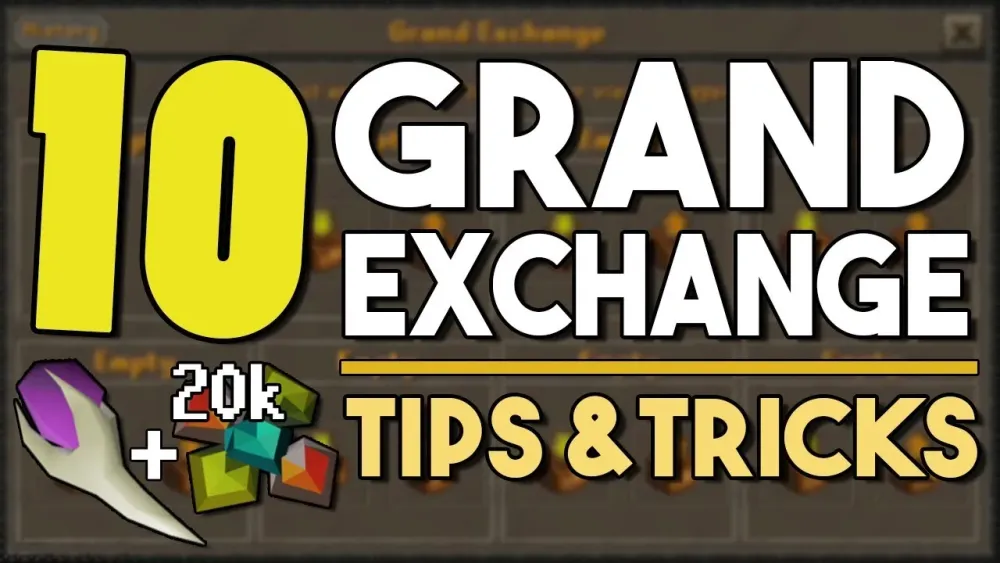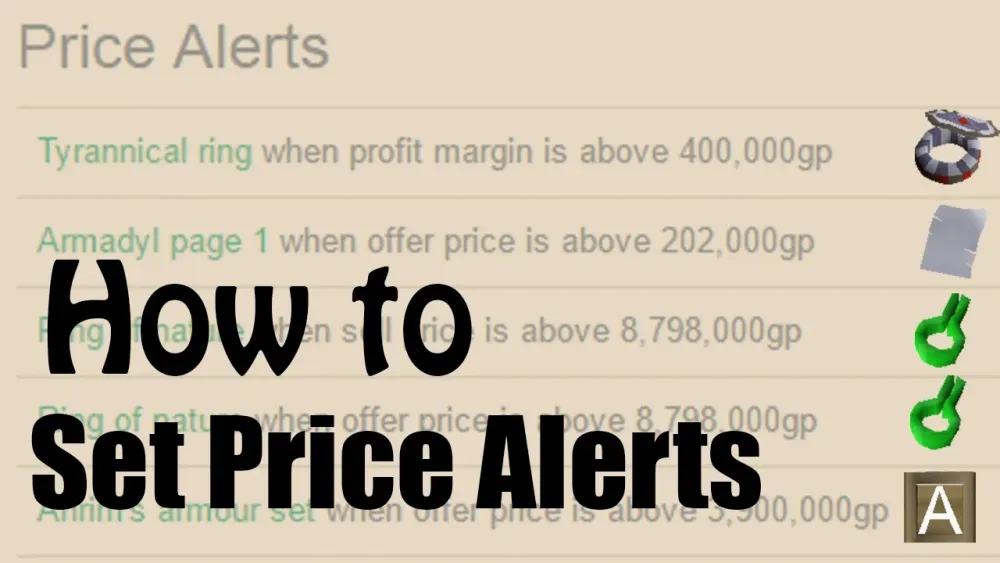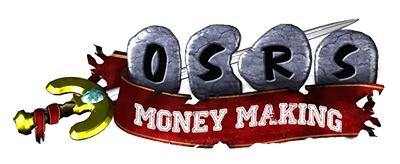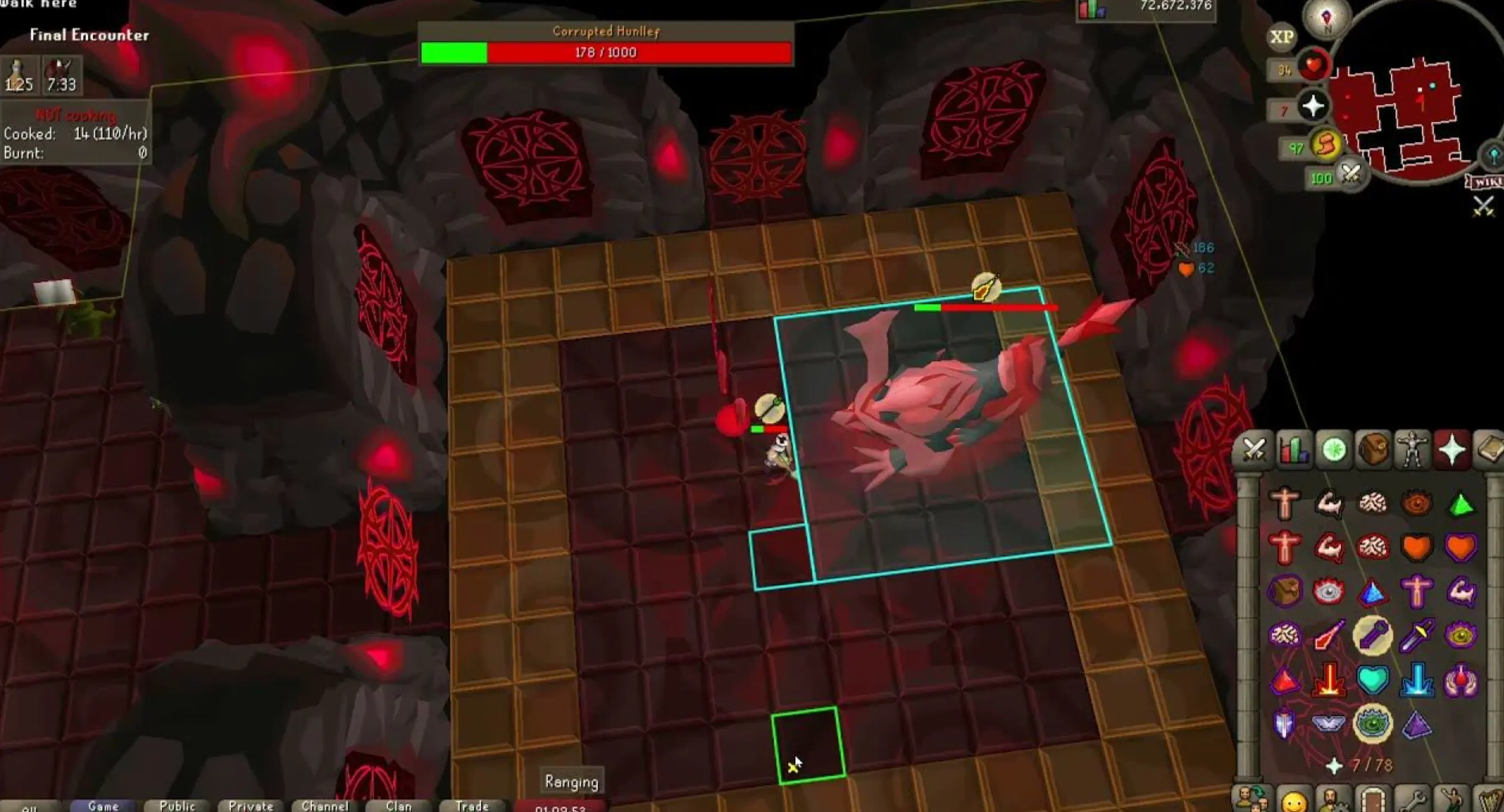Your cart is empty
How to View Grand Exchange Prices in OSRS

The Grand Exchange (GE) is a central marketplace in Old School RuneScape (OSRS) where players can buy and sell items with each other. It serves as a vital hub for trading, allowing players to exchange resources efficiently. Understanding how to navigate the Grand Exchange and monitor item prices is crucial for maximizing profits and making informed trading decisions. This article will delve into the mechanics of the Grand Exchange and highlight the importance of staying updated on item prices.
The Grand Exchange is located just north of Varrock and is accessible to players from all levels. It features a series of booths where players can list their items for sale or purchase items listed by others. Each item has an associated price, which fluctuates based on supply and demand. Players can view the current buy and sell offers and can choose to buy items immediately at the listed price or set their prices for items they wish to sell.
To access the Grand Exchange, players simply need to walk to the location and interact with the Exchange clerk. The interface allows users to search for items, view their current market prices, and see recent sales history. Players can also use the “Offer” feature to place their buy or sell orders, which will be fulfilled when the market conditions match their criteria.
Additionally, the Grand Exchange provides a convenient way to track items you are interested in by allowing you to create a favorites list. This feature helps you quickly access the items you trade frequently without the need to search for them each time. Players can also filter searches by category, such as weapons, armor, and consumables, making it easier to find specific items.
Why Knowing GE Prices is Important

Staying informed about Grand Exchange prices is essential for several reasons. First and foremost, understanding item values helps players make profitable trades. When buying, knowing the average price can prevent overpaying for items. Conversely, when selling, being aware of current market trends can help you price your items competitively, ensuring they sell quickly.
Moreover, the OSRS economy is dynamic, with prices fluctuating based on updates, player demand, and seasonal events. For instance, during major game updates or holiday events, certain items may see dramatic price shifts. Keeping track of these changes allows players to capitalize on opportunities, such as buying low during a price dip and selling high when demand surges.
Utilizing tools and websites that track Grand Exchange prices can further enhance your trading strategy. Many players rely on price-checking tools to analyze historical data and predict future trends. By leveraging this information, you can make data-driven decisions that maximize your in-game wealth.
In summary, understanding the Grand Exchange and continuously monitoring item prices is vital for any OSRS player looking to enhance their trading experience. It not only aids in making informed purchasing and selling decisions but also empowers players to navigate the fluctuating economy effectively.
Accessing the Grand Exchange Interface
To effectively view Grand Exchange prices in Old School RuneScape (OSRS), the first step is accessing the Grand Exchange interface. This interface is crucial for trading items and checking their current market values. Here’s how to get there:
- Travel to the Grand Exchange: The Grand Exchange is located in the bustling heart of Varrock. You can easily reach it by walking or using teleportation methods, such as the Varrock Teleport spell.
- Locate the Grand Exchange Clerk: Upon arriving, you’ll find several traders, but the Grand Exchange Clerk is your main point of access. Simply click on any of the clerks to open the interface.
- Open the Grand Exchange Interface: Once you’ve clicked on the clerk, a new window will pop up. This is the Grand Exchange interface, where you can see various tabs for buying, selling, and checking item prices.
Within the interface, you can either search for specific items or browse through different categories. Enter the name of the item you’re interested in into the search bar, or scroll through the categories like “Weapons” or “Armor.” The interface will display:
- Current Price: The last traded price of the item.
- Buy/Sell Offers: The prices at which players are currently buying or selling the item.
- Price Fluctuations: Historical data showcasing how the item’s price has changed over time.
By familiarizing yourself with the Grand Exchange interface, you can make more informed trading decisions and avoid overpaying for items in your OSRS adventures.
Using the OSRS Wiki for Price Checks
The OSRS Wiki is an invaluable resource for players looking to check item prices, and it’s quite user-friendly! Here’s how you can utilize it for your price-checking needs:
- Visit the OSRS Wiki: Start by navigating to the official OSRS Wiki website. It’s a treasure trove of information on items, quests, skills, and much more.
- Search for the Item: Use the search bar at the top of the page to type in the name of the item you want to check. Make sure to spell it correctly to get accurate results.
- Select the Item Page: Once you find the item, click on its name to open its dedicated page. This page contains detailed information about the item, including its stats, uses, and most importantly, its market price.
On the item page, you’ll find:
- Current Grand Exchange Price: The most recent price at which the item was traded.
- Price History: A graph showing the price fluctuations over time. This is particularly useful for spotting trends.
- Buy/Sell Offers: Information on the current buy and sell offers from players.
By leveraging the OSRS Wiki, you can stay updated on market trends and make smart trading choices. It’s a great complement to the Grand Exchange interface, giving you a broader understanding of item values in OSRS.
Third-Party Tools for Monitoring Prices
If you’re serious about maximizing your profits in Old School RuneScape (OSRS), you might want to consider using third-party tools designed for monitoring Grand Exchange prices. These tools can provide you with real-time data, historical trends, and even alerts for price changes. Here are some popular options:
- GE Tracker: This is one of the most popular tools among OSRS players. It allows you to track prices, view graphs of historical data, and even set up alerts for specific items. You can also browse community-generated data, which can give you insights into what items are trending.
- RuneLite: This is a widely-used OSRS client that offers a variety of plugins, including one for tracking Grand Exchange prices. The plugin can show you real-time prices directly in-game, making it super convenient.
- OSBuddy: Another popular client that features a price checker and history tracker. It also has a useful feature that allows you to see the prices of items while you’re in-game.
- Price Checker Websites: Websites like GE Price Checker or the OSRS Wiki can provide you with up-to-date prices and historical data. These are great for quick checks when you don’t want to install additional software.
Using these tools can save you time and help you make informed decisions about when to buy or sell items. Just remember to cross-reference data from multiple sources to ensure accuracy!
Interpreting Price Trends and Fluctuations
Understanding price trends and fluctuations in the Grand Exchange can significantly impact your money-making strategies in OSRS. Prices don’t remain static; they can change based on various factors. Here are some key points to help you interpret these trends:
- Supply and Demand: Prices typically rise when demand is high and supply is low. Conversely, when supply outstrips demand, prices tend to drop. Keep an eye on popular items that players commonly use, like potions or gear.
- Seasonal Events: Certain holidays or game updates can influence prices. For example, during Double XP weekends, the prices of experience-boosting items might skyrocket. Similarly, items related to specific events may see temporary price increases.
- Market Psychology: Player sentiment can also affect prices. If a new item is released and players are excited about it, prices may initially spike. It’s important to gauge community reactions to new updates or changes.
- Historical Trends: Analyzing historical price data can give you insights into how an item behaves over time. Look for patterns that repeat, as this can help you predict future price movements.
To effectively interpret these trends, consider using charts and graphs provided by third-party tools. They can visually represent price changes, making it easier to spot trends at a glance. Stay informed and adapt your strategies to capitalize on these fluctuations!
7. Tips for Making Informed Buying and Selling Decisions
When it comes to trading in the Grand Exchange (GE) in Old School RuneScape (OSRS), making informed buying and selling decisions can significantly boost your profits. Here are some essential tips to keep in mind:
- Research Current Prices: Always check the current market prices before making a transaction. Websites like OSRSBox or the official OSRS Wiki provide updated Grand Exchange prices.
- Monitor Price Trends: Look for patterns in price movement. Are prices consistently rising or falling? This can help you decide when to buy low or sell high.
- Be Aware of Updates: Game updates can influence item prices. For example, new items or changes to existing mechanics can create spikes in demand.
- Use Price Checking Tools: Utilize tools like the GE Tracker or other price-checking applications that provide price alerts and historical data.
- Consider Supply and Demand: Always keep an eye on how many players are buying or selling a particular item. High demand with low supply usually means you can sell for a higher price.
- Trade at the Right Time: Certain items may be more valuable during specific times of the day or week. For example, items needed for quests or events may see price increases during those times.
By applying these tips, you can navigate the intricacies of the Grand Exchange more effectively and make smarter trading choices.
8. Conclusion: Staying Updated with GE Prices
In conclusion, staying updated with Grand Exchange prices in OSRS is key to maximizing your trading efficiency and profits. The fluctuating nature of the market means that what was once a good deal can quickly turn into a loss if you’re not paying attention.
Here are some final takeaways to ensure you’re always in the loop:
- Regularly Check Prices: Make it a habit to check prices daily. This way, you can spot trends and shifts in the market promptly.
- Engage with the Community: Join forums or social media groups dedicated to OSRS trading. Fellow players often share insights about market changes.
- Utilize Apps and Tools: Don’t forget to take advantage of trading apps and websites that offer real-time price updates and analytics.
By keeping these strategies in mind, you can enhance your trading experience in OSRS, making it not just profitable but also enjoyable. Happy trading!

